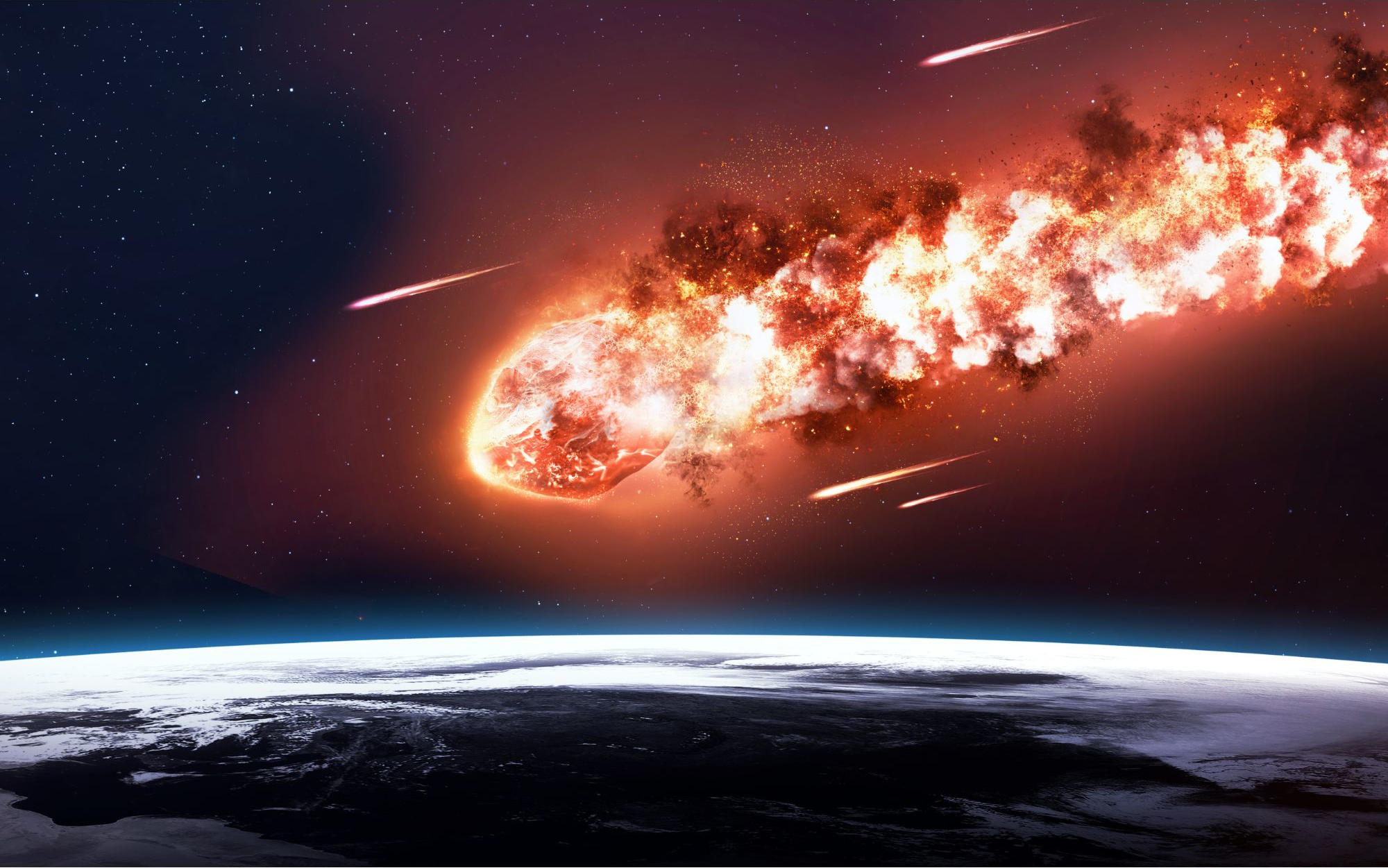New Evidence Reveals a Cosmic Catastrophe
For years, scientists have puzzled over what really killed off the mighty mammoths. Now, new research is shaking up the debate. Fresh evidence from archaeological sites suggests that a massive cosmic explosion—possibly from a fragmented comet—may have triggered drastic climate changes and wiped out entire ecosystems during the late Pleistocene period, around 13,000 years ago.

Researchers are finding more clues that point to a catastrophic comet event as the culprit behind the mass extinction. The theory goes like this: A comet broke up and exploded in Earth’s atmosphere, sending shockwaves and fiery debris across the planet. The aftermath? Global climate chaos, widespread fires, and the sudden disappearance of the mammoth—and many of its Ice Age companions. If true, it means our planet’s past was even more dramatic than an action movie (sorry, mammoths, no sequel for you).
So, next time you wonder why the world’s coolest fuzzy giants aren’t around, just remember—it might have been a cosmic fireworks show gone seriously wrong. Science is wild, isn’t it?